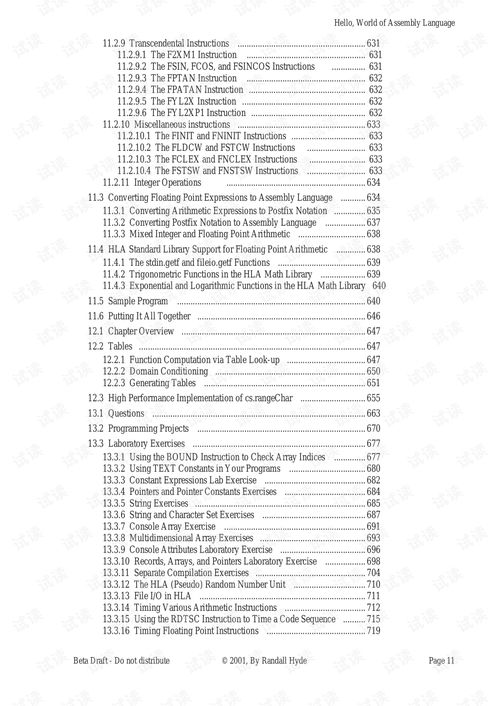Content:
Baitcasting, also known as spinning, is a popular fishing technique that requires precision and skill. One of the most crucial aspects of baitcasting is adjusting the float, which helps anglers detect subtle movements and bites from the fish. In this article, we will discuss various techniques for tuning your baitcasting rod and float to improve your chances of catching more fish.
Choosing the Right Float
The first step in mastering the art of baitcasting is selecting the appropriate float for your fishing environment. Different floats are designed for different types of fishing conditions, such as still water, rivers, or lakes. It is essential to understand the specific requirements of your fishing spot to choose the right float.
For still water fishing, a small, sensitive float is recommended. These floats are designed to detect even the smallest movements and bites from fish. On the other hand, for river fishing, a float with a larger buoyancy is necessary to handle the current and keep the bait in the strike zone.
Attaching the Float
Properly attaching the float to your line is crucial for accurate adjustments. Follow these steps to ensure a secure and reliable setup:
a. Thread the line through the eye of the float. b. Secure the line by inserting a float stopper or a small rubber band around the line and the float. c. Adjust the float stopper or rubber band to the desired depth.
Adjusting the Float for Depth
To adjust the float for depth, follow these steps:
a. Start by casting your bait out into the water. b. Observe the float as it rises to the surface. The distance between the float and the water surface indicates the depth of the bait. c. If the bait is too deep, trim the line to reduce the distance between the float and the hook. Conversely, if the bait is too shallow, add more line to increase the distance.
Balancing the Float
Balancing the float ensures that it sits evenly in the water, which is crucial for detecting subtle movements and bites. Here's how to balance your float:
a. Attach the float to your line, and then tie a small weight to the end of the line. b. Cast the bait out and let it settle at the desired depth. c. Adjust the weight until the float is balanced, meaning it sits evenly in the water without tilting to one side or the other.
Adjusting the Float for Wind Conditions
Wind can significantly affect your fishing experience, especially when using a float. To adjust the float for wind conditions, follow these tips:
a. If the wind is blowing strongly, position the float so that it is perpendicular to the wind direction. This will help keep the bait in the strike zone. b. In case of a crosswind, position the float at a 45-degree angle to the wind direction to minimize the effect of the wind on your bait.
Using a Sinker
In some cases, using a sinker in combination with the float can be beneficial. To adjust the float with a sinker, follow these steps:
a. Attach the sinker to the line below the float. b. Adjust the sinker's weight to achieve the desired depth. c. Ensure that the float is balanced and sitting evenly in the water.

Practice and Patience
Adjusting the float is an art that requires practice and patience. Spend time experimenting with different floats, weights, and depths to find the perfect combination for your fishing environment. Remember that even the smallest adjustments can make a significant difference in your fishing success.
In conclusion, mastering the art of baitcasting and adjusting the float is essential for becoming a skilled angler. By following these techniques and practicing regularly, you will improve your chances of catching more fish and enjoying a more rewarding fishing experience. Happy fishing!












